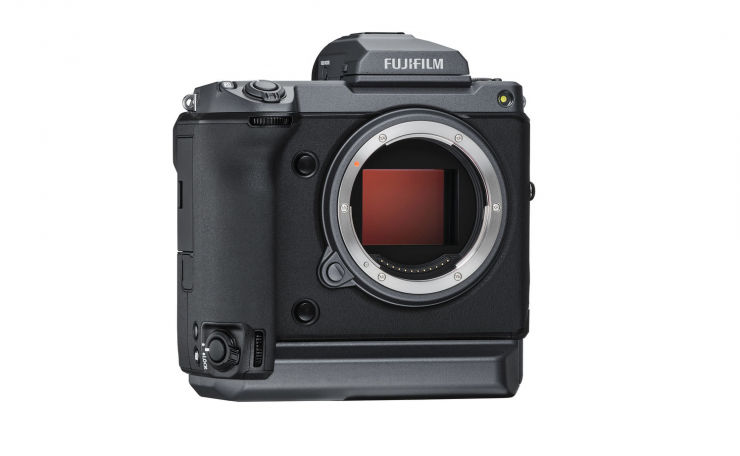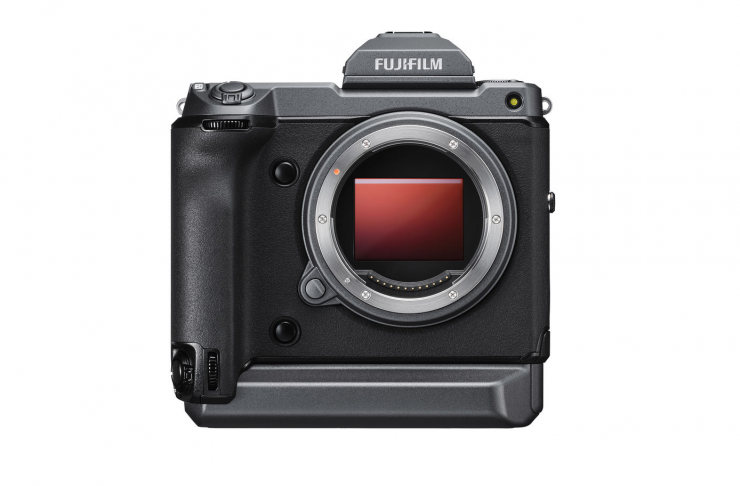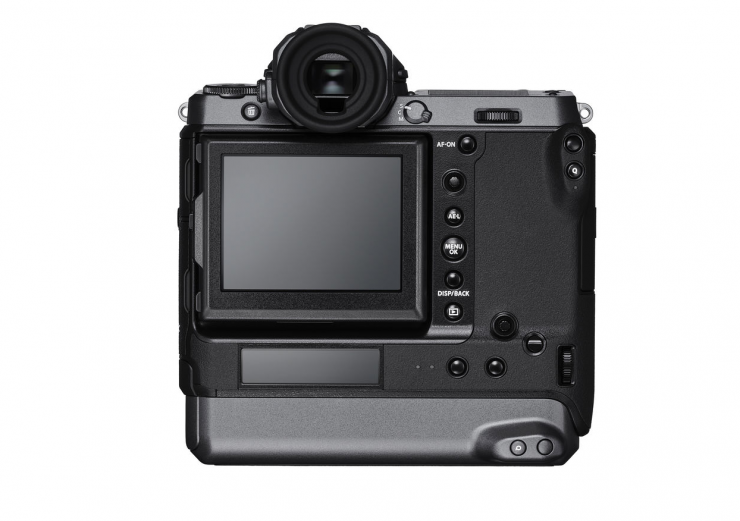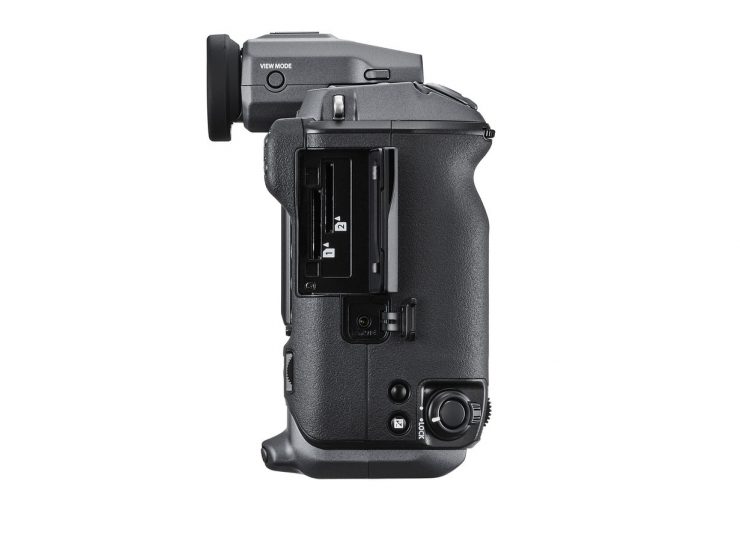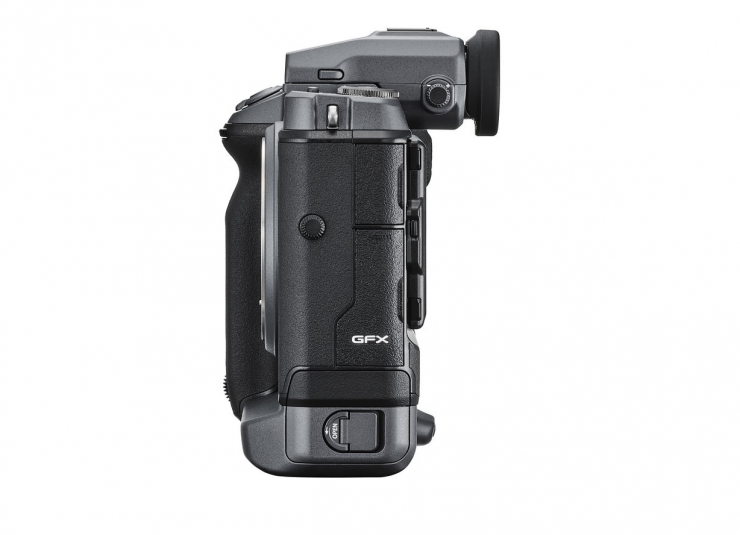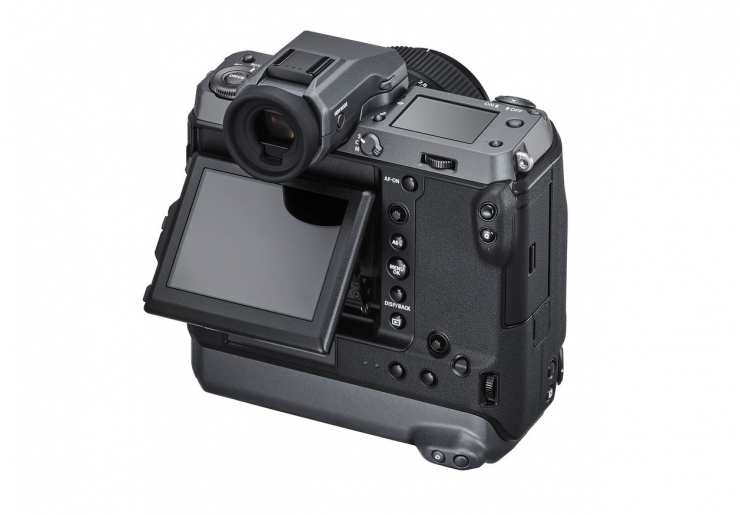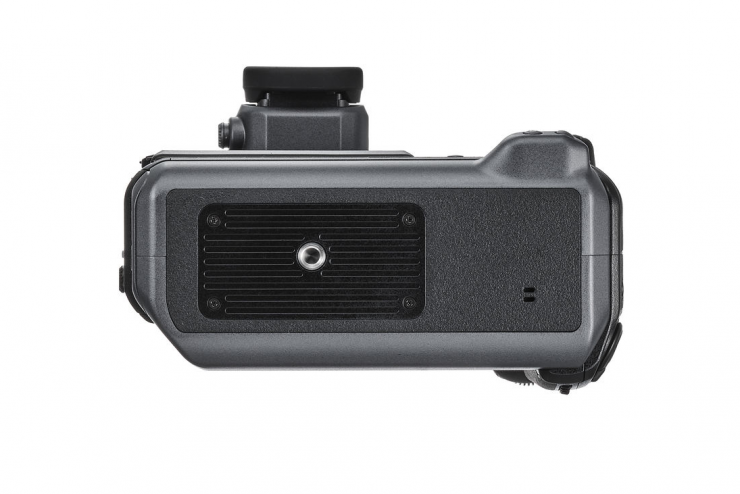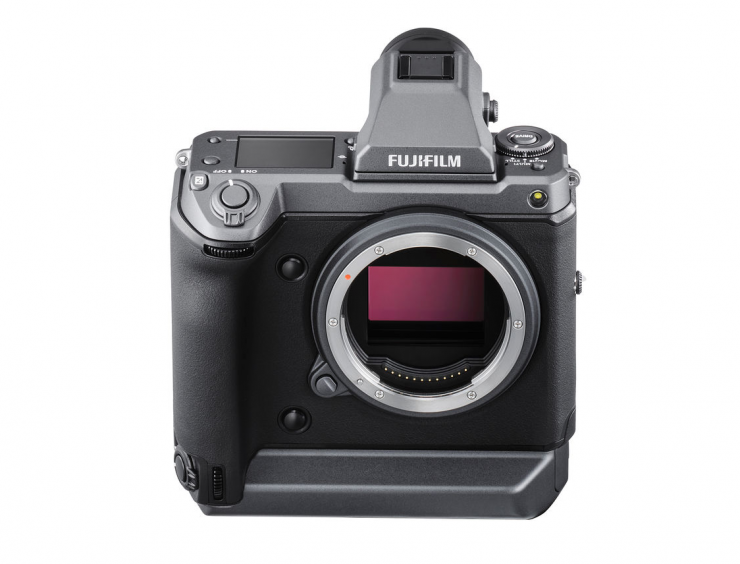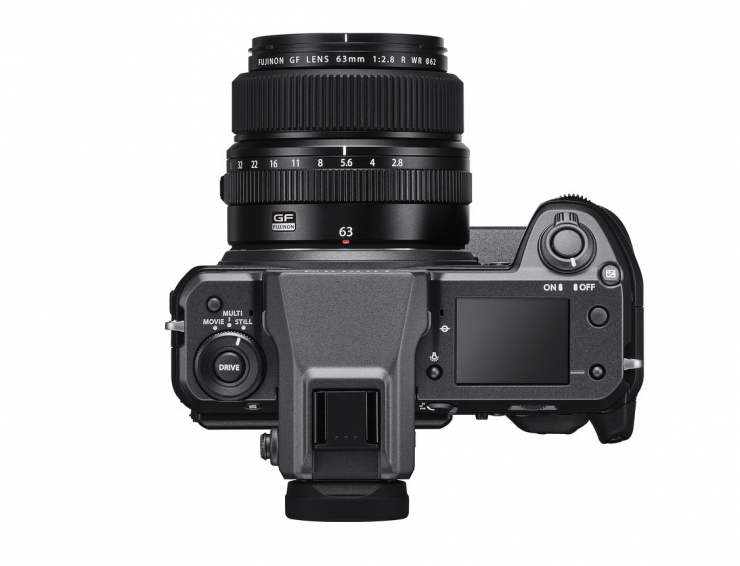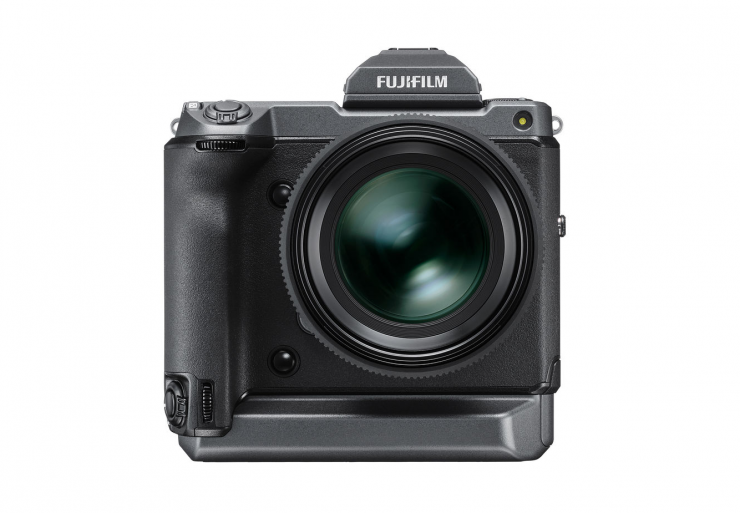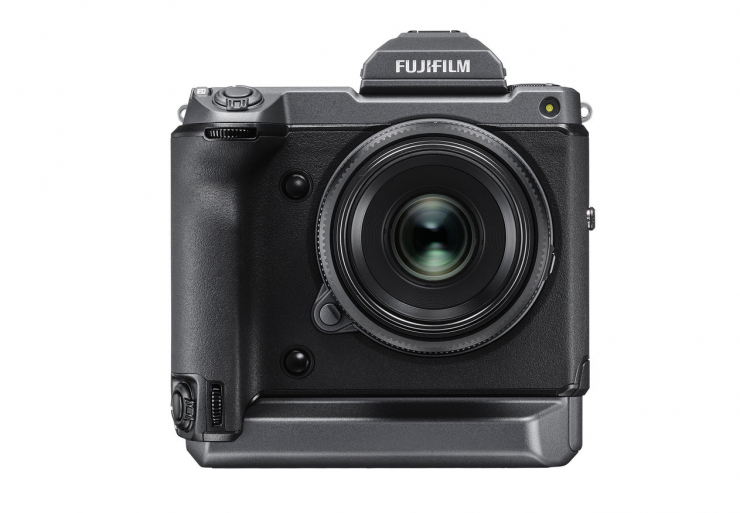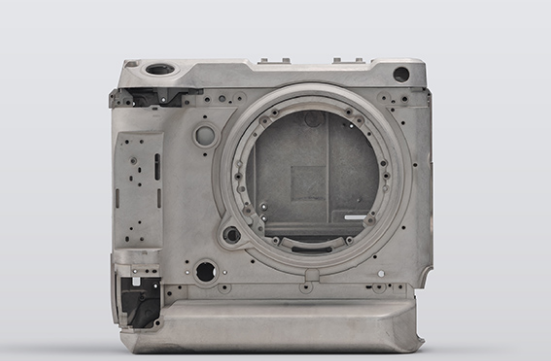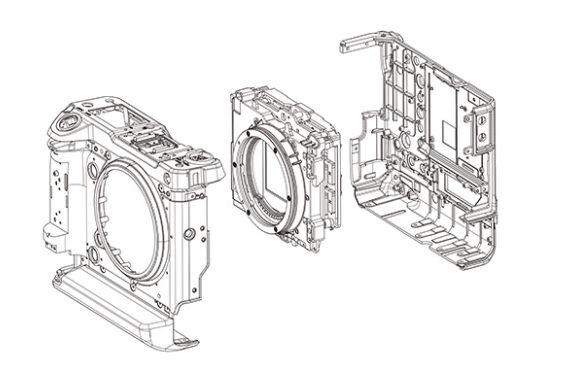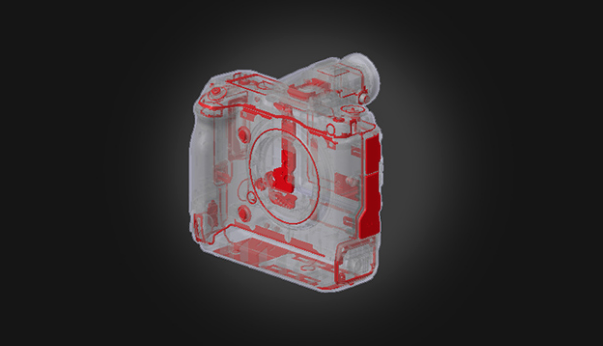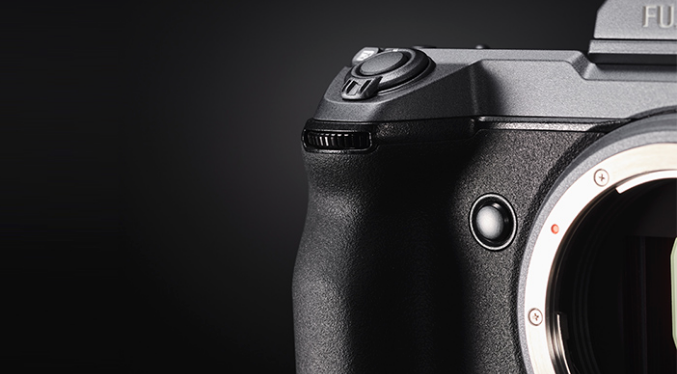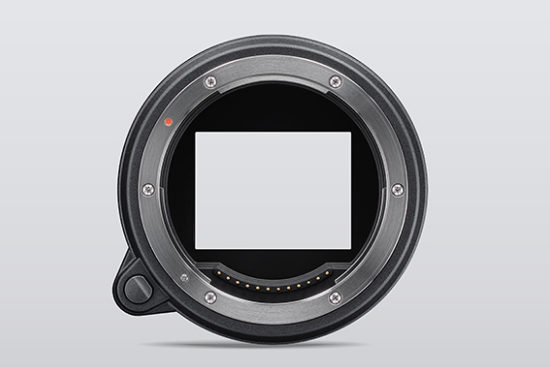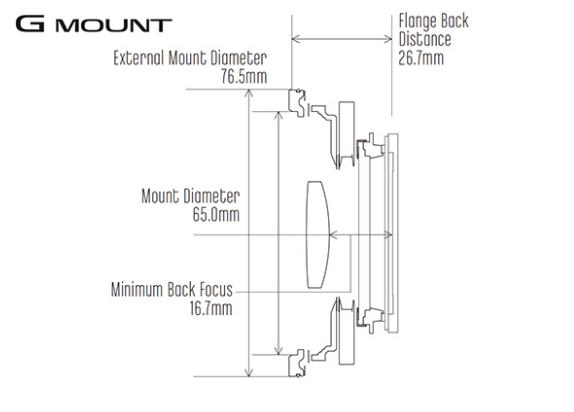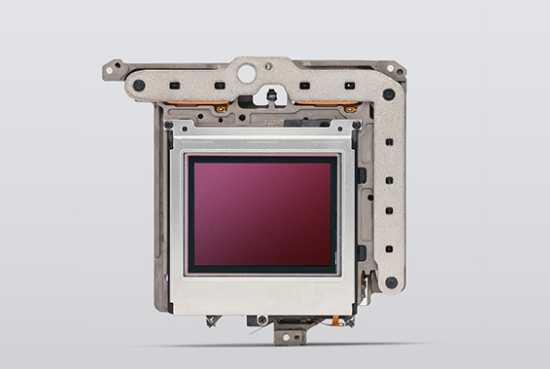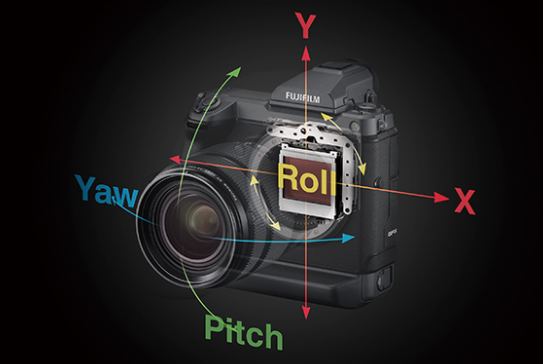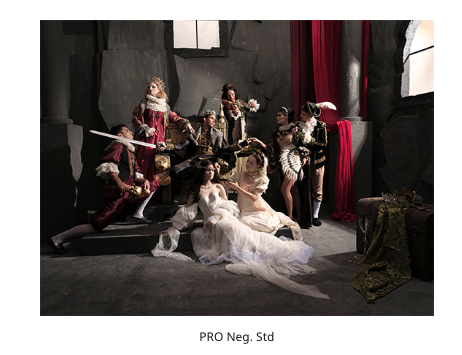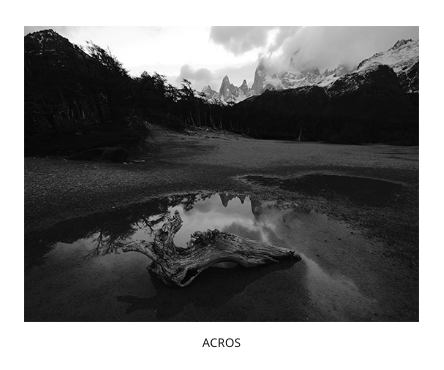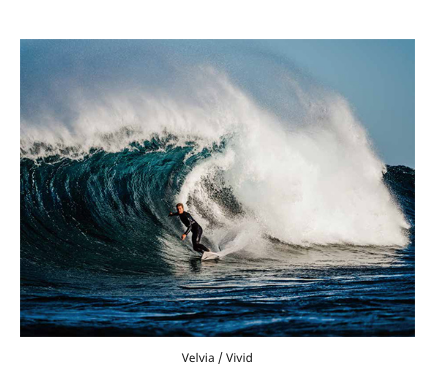Today, Fujifilm officially launched their large format GFX100. The camera was first teased in September last year.
Key features
- 102MP 43.8 x 32.9mm BSI CMOS Sensor
- X Processor 4 Image Processor
- Removable 5.76m-Dot OLED EVF
- 3.2″ 2.36m-Dot Tilting Touchscreen LCD
- DCI 4K30 Video; F-Log Gamma & 10-Bit Out
- 5-Axis Sensor-Shift Image Stabilization
- 2.16m-Point Phase-Detection Autofocus
- ISO 100-12800, Up to 5 fps Shooting
- 16-Bit Raw Output, Multi Aspect Ratios
- Built-In Battery Grip, 2 x SD Card Slots
Sensor
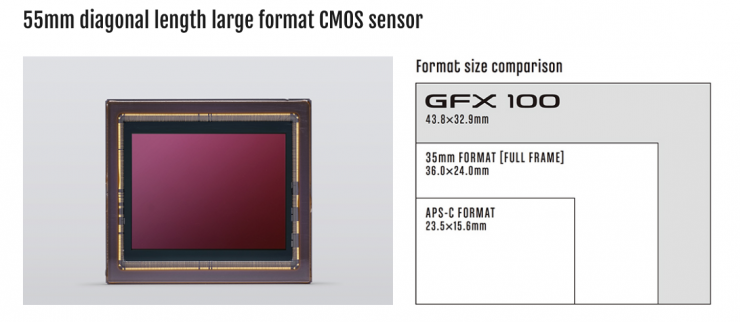
The GFX100 uses a 43.8mm x 32.9mm large format CMOS sensor with over 100 million pixels which makes it the highest class resolution mirrorless digital camera ever produced.
Fujifilm claims that he GFX100 delivers smooth gradation and image sharpness with the high resolution sensor. This is made possible thanks to FUJIFILM’s expertise in medium format which has been gained since the days of film cameras.
Image Processor
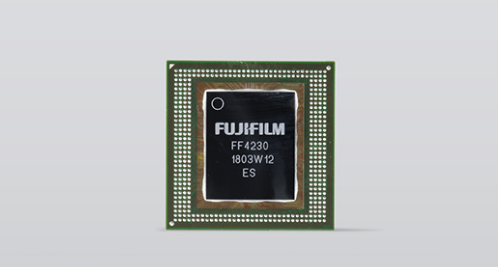
The GFX100 uses the X-Processor 4, FUJIFILM’s latest image processing engine to quickly optimize the data from the high-resolution image sensor. Despite the massive amount of data involved, Fujifilm says that the processor handles it at speed. You can also apply the Film Simulation modes to 100MP+ image data to achieve FUJIFILM’s unique styles of color and tone reproduction.
4K Movie / 10bit Color Depth
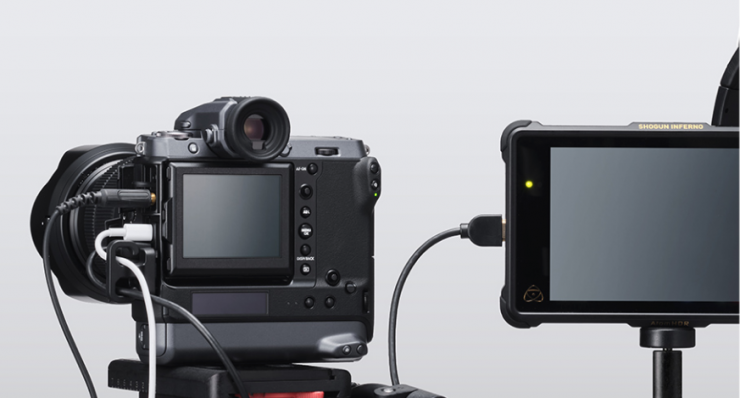
Recording video using a large format sensor is nothing new, but it certainly is at this price point. Cameras such as the Hasselblad H6D-100c can shoot 4K RAW video, but it costs a whopping $27,995 USD. What Fujifim has effectively done is to create the world’s most affordable large-format video camera. Ok, it’s not really a video camera, but with so many people using hybrid mirrorless cameras these days, we can certainly argue about whether or not it is a video camera.
The full potential of the large format sensor in the GFX can be utilized when shooting both stills or video. The combination of the latest sensor and the “X-Processor 4” enables support for up to 4K/30P videos.
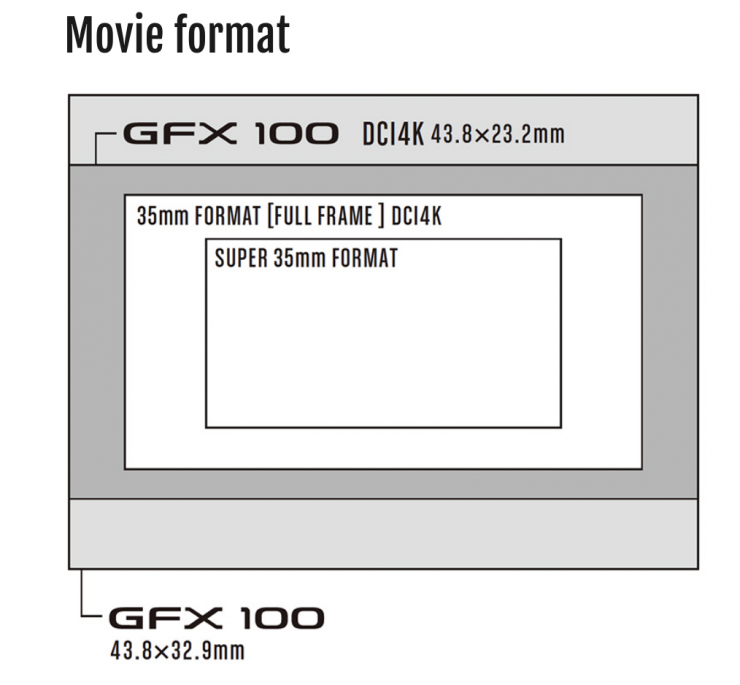
What is nice about this camera is that even when recording 4KDCI video the the camera is using the full sensor size without doing any cropping.
According to Fujifilm, the camera’s sensor, which is larger than that of most cinema cameras (the ARRI ALEXA Mini LF is 36.70 x 25.54 mm), is capable of producing a shallow depth of field, enhanced tonal gradient in 10-bit output, and greater ISO sensitivity.
The large format size produces video footage that is said to be more detailed while reproducing three-dimensional definition. All the Film Simulation modes can be applied to video as well, including “Eterna,” which replicates the look of FUJIFILM’s cinema film of the same name.
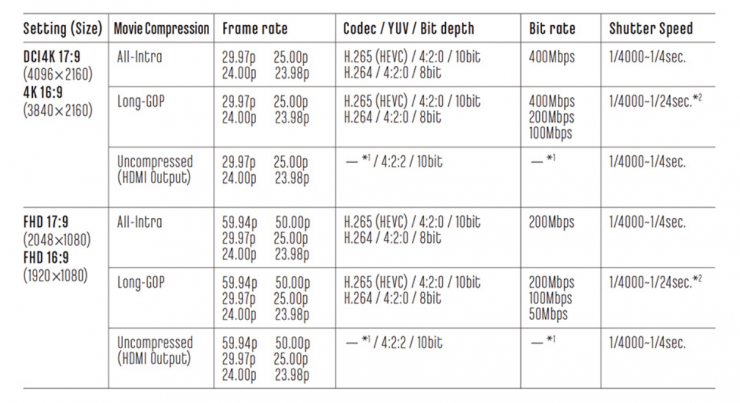
Furthermore, the camera supports the digital cinema aspect ratio (17:9), compression codecs such as H.265 and H.264, and a bit rate of up to 400Mbps.
The camera can record DCI4K at up to 30p, UHD up to 30p, 2K up to 60p, and HD up to 60p. There is no capacity to shoot at frame rates above 60p in any format.
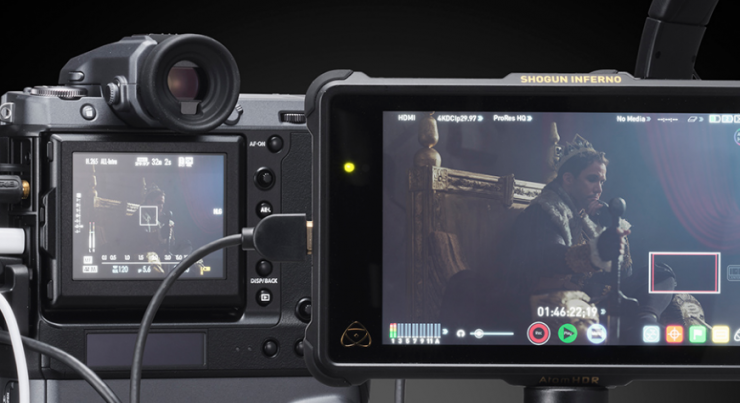
Even though the internal recordings are done in either 4.2.0 10-bit H.265, or 4.2.0 8-bit H.264, you can send an uncompressed 4.2.2 10-bit signal over HDMI. The high speed image processing engine, X-Processor 4, can read and output condensed video data, feeding 4K/30P 4:2:2 10bit data to the HDMI port and recording 4K/30P 4:2:0 10bit data to an SD card (when H.265 is selected) up to 400Mbps. You can also choose All-Intra/ Long-GOP, etc. The processor’s enhanced capability means video footage can be viewed on the camera’s LCD screen as well as on an external monitor whilst you film while feeding uncompressed data straight to a recorder.
As far as recording times go, the GFX100 does not have any record time limitations like the XT-3.
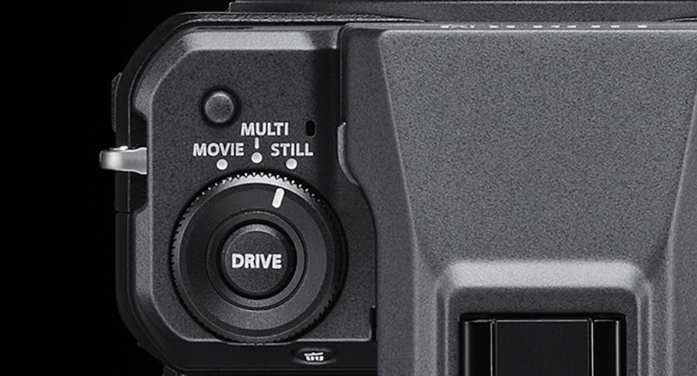
There is a Drive Mode Dial to switch between the Still, Multi and Movie modes. Selecting the Still or Movie mode restores the respective settings so that you can start shooting as soon as you switch, without having to adjust settings. The Drive Button allows you to adjust burst speed and video frame rate. The Dial Lock Release Button prevents any accidental use.
In Movie mode here are the avilable ISO levels:
- Standard Output: AUTO (up to ISO12800) / ISO100 to 12800 (1/3 step)
- Extended Output: ISO25600
F-Log
The GFX100 is capable of recording F-Log, characterized by a gamma curve with a wide dynamic range, and capturing video in HLG (Hybrid Log Gamma), one of the formats defined in the ITU-R BT.2100 international standards.
Do we need Large Format sensors for video?
You can argue to the cows come home about the merits of using large format sensors to capture video. In my personal opinion, I’m all for it. It’s not like there is one standard and that is it. If people want to shoot video using large format sensors then that’s their choice.
Size & Weight
Despite featuring a sensor which is 1.7x times larger than a 35mm full frame sensor, the GFX100’s body is not that much bigger than most 35mm full frame DSLR cameras.
The camera weighs in at approx. 1400g including two batteries, memory card and EVF. As far as dimensions go it measures in at 156.2mm (W) x 163.6mm (H) x 102.9mm (D).
Build Quality
The camera body is made of magnesium alloy, making it lightweight and robust. The inner frame directly couples the sensor and IBIS unit with lens and lens mount to provide complete rigidity from the lens to the sensor. The engagement area between the front and rear panels has been maximized to achieve ultimate durability against an external force.
The magnesium alloy body is coated with premium colors and textures. The design and handling have been optimized based on feedback from professional photographers working in the fields of landscape, commercial and fashion portrait photography. The body has been designed down to the last detail, including the size and layout of buttons, dial designs, materials, and sounds.
Customizable Function buttons: Horizontal 8 buttons, vertical 7 buttons
Touch function: 4 direction
The camera body is weather sealed at 95 points (including the electronic viewfinder) which Fujifilm claims will help it withstand dust, moisture, and low temperatures.
FUJIFILM G Mount
The G Mount was designed to accommodate GF lenses with 100MP+ sensors in mind. Taking maximum advantage of the mirrorless system, the G Mount has a short flange focal distance which contributes to the camera’s compact form and mirrors GF lenses’ design and advanced performance. When combined with a large CMOS sensor, the system prevents peripheral light fall-off to achieve stunning edge to edge sharpness.
Image Format, Size, & Aspect
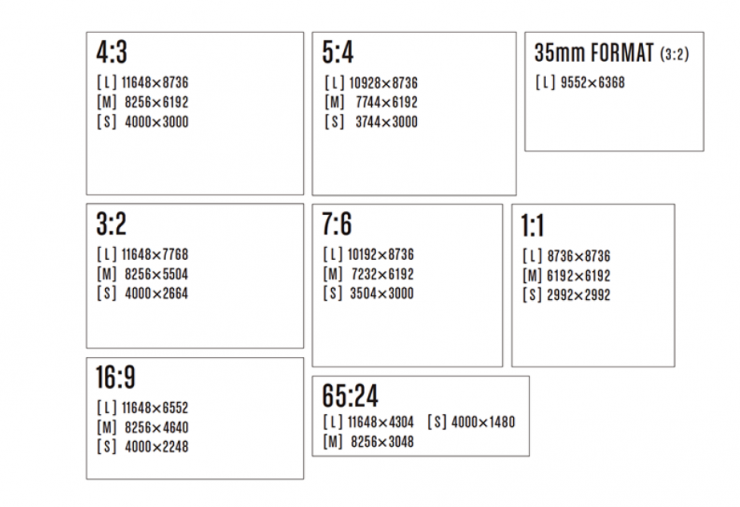
The GFX100 allows users to capture images in various formats and image qualities. This includes uncompressed/lossless compressed RAW and JPEG formats of varying image sizes, aspect ratios, and compression ratios. Its in camera RAW processing gives the option of saving 8bit or 10bit color depth images as 8bit or 16bit TIFF files. When using a 35mm format lens via a mount adapter, the camera can record images in a 36.0mmx24.0mm frame at the center (60.8M) as JPEG or TIFF (in camera RAW processing) formats.
IBIS
The GFX100 is a first large format sensor mirrorless digital camera equipped with an in-body image stabilization (IBIS) mechanism. It provides precision control for the high definition images produced by the camera’s large format sensor, which is approx. 1.7x times the size of a 35mm format sensor. This feature revolutionizes the large format camera system, unleashing its advanced performance with greater flexibility in a wider variety of shooting conditions.
- Specification: three-axis accelerometer, three-axis gyro sensor, dedicated dual processor
- Image stabilizer mechanism: Image sensor shift mechanism with 5-axis compensation
Phase Detection AF System
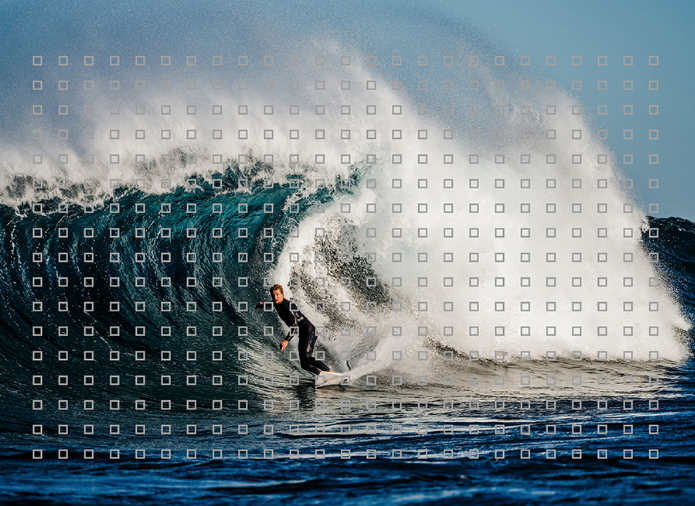
The GFX100 has phase detection pixels across the entire sensor and using the X-Processor 4 engine coupled with the latest AF algorithm, is able to focus on a subject at high speed with accuracy even when the subject is away from the center of the frame or in low light.
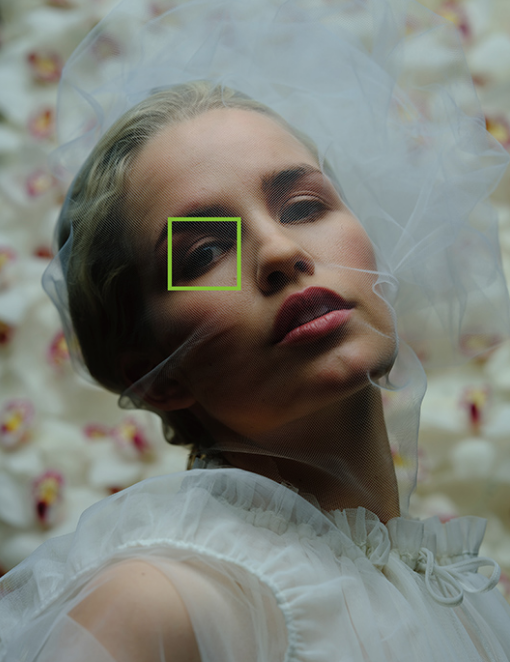
Using the new sensor in conjunction with the X-Processor 4, is claimed to provide an advanced level of face tracking performance. The photographer has the ability to identify and capture even easier than before, difficult subjects like a person inside profile. In the Eye AF mode, you can even specify which of the subject’s eyes you want the camera to prioritize. This is particularly useful in portraiture, which commands focusing accuracy with a very shallow depth of field. The touchscreen panel or Focus Lever can be used to select which of a crowd of faces detected you want the camera to track, focus and adjust exposure to.
- Face/Eye Detection Setting: ON (EYE OFF / EYE AUTO / RIGHT EYE PRIORITY / LEFT PRIORITY) / OFF
- Face Select: Touch Panel / Function (Fn) setting
EVF
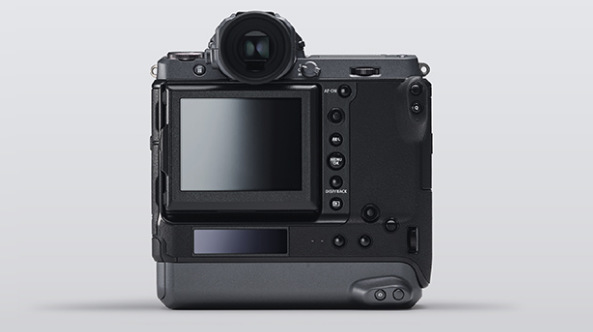
The GFX100 comes with a detachable 5.76M dot EVF with approx. 100% coverage. Resolution priority, frame rate priority and AF priority can be selected in boost mode for live view depending on the subject.
- Finder: 0.5 inch Approx. 5.76 million dots OLED Color Viewfinder
- Coverage of Viewing Area vs. Capturing Area: Approx. 100%
- Eyepoint: Approx. 23mm (from the Rear End of the Camera’s Eyepiece)
- Diopter Adjustment: -4 – +2m-1
- Magnification: 0.86× with 50mm Lens (35mm Equivalent) at infinity and Diopter set to -1.0m-1
- Diagonal Angle of View: Approx. 41° (Horizontal Angle of View: Approx. 33° )
- EVF Brightness: AUTO / -7 – +5 (50 – 800cd/m2)
- EVF Color: -5 – +5
- EVF Color Adjustment: R -5 – +5 B -5 – +5
Optional EVF Tilting Adapter
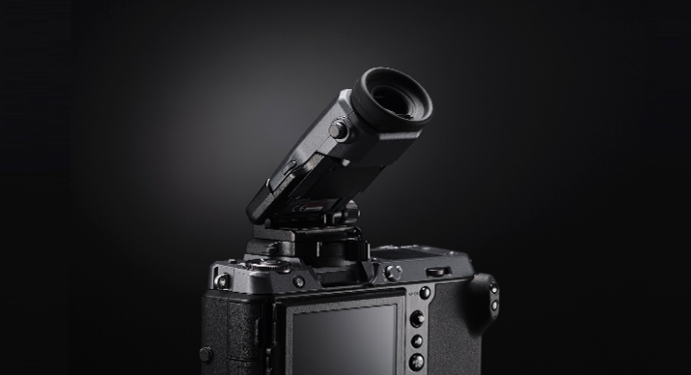
There is an optional EVF Tilting Adapter (EVF-TL1) that can be attached between the camera body and the EVF that will enable vertical tilt (0°-90° / 5 steps) and horizontal rotation (±45°). This allows you to shoot from waist level or aids shooting in portrait orientation.
LCD Screen
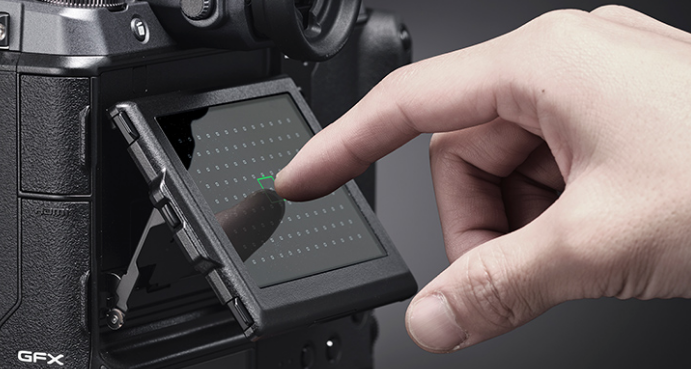
The rear panel features a 3.2-inch 2.36-million dot LCD monitor that has 100% coverage and tilts in three directions, 90 degrees upward, 45 degrees downward and 60 degrees to the right. The use of a capacitive touchscreen panel allows easy framing and shooting in high and low angles, which can be difficult when using the EVF.
- Monitor:
- 3.2inch, Aspect Ratio 4:3, Approx. 2,360K-dot Tilt-Type, Touch Screen
- Color LCD Monitor (Approx. 100% Coverage)
- Tilting Direction: Three directions
- LCD Brightness: -5 – +5 (30 – 800cd/m2)
- LCD Color: -5 – +5
- LCD Color Adjustment: R -5 – +5 B -5 – +5″
Film Simulation
The GFX100 lets you reproduce Film Simulation colors and tones, despite its large image resolution, adding an artistic flair to images with exceptional quality.
- PROVIA / Standard: Standard mode for general use that faithfully reproduces ‘memory colors’; colors just as you remember them.
- Velvia / Vivid: A combination of high saturation and natural colors, this option reproduces vivid colors ideal for landscapes.
- ASTIA / Soft: Combining a soft effect with high saturation, this option delivers radiant skin tones and smooth gradation.
- CLASSIC CHROME: Delivering subtle colors and beautifully muted tones, this simulation is reminiscent of vintage reversal film.
- PRO Neg. Hi: Produce portraits with sharp contrast even in flat light. This option delivers preferable natural skin tones.
- PRO Neg. Std: Reproduces accurate, natural skin tones in portraits shot under controlled light.
- ETERNA / CINEMA: Soft color and rich shadow tone suitable for a movie film look.
- ACROS: Premium monochrome mode delivers fine texture, deep blacks and smoother tones.
- MONOCHROME: General use monochrome mode that offers three filter options (Ye, R and G), just like ACROS.
- SEPIA: Adds a warm tone across the frame for a sepia look. When applied to a retro subject, it creates a nostalgic look.
Other Features
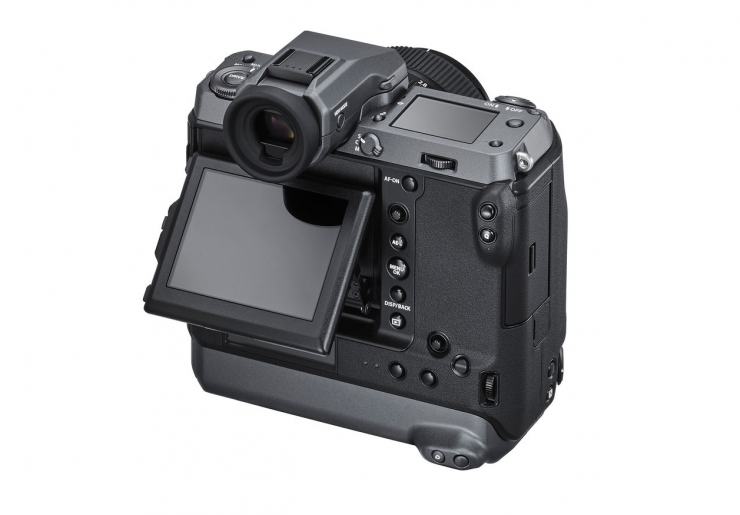
- Integrated vertical grip offers a more ergonomic and secure design for holding the camera in either the horizontal or vertical shooting orientation. This design also affords more room for incorporating two sets of physical controls, shutter releases, and permits working with two batteries.
- Two NP-T125 rechargeable lithium-ion batteries are used to provide extended shooting times, and, when combined, are rated to approximately 800 shots per charge.
- Dual UHS-II SD memory card slots are featured, and permit saving imagery in a sequential manner, backup/duplicate manner, or in a sorted manner to segregate JPEG and raw files.
- Both a 1.8″ sub LCD monitor on the top plate and a 2.05″ sub OLED monitor on the rear of the camera are also featured and are used to quickly view shooting settings and exposure data.
- Integrated Bluetooth 4.2 low energy and Wi-Fi allows you to wirelessly share images to a mobile device or use the device to remotely control the camera.
- A voice memo function lets you solely record your voice for up to 30 seconds at a time for making notes or keeping track of shooting information.
- 3D Electronic Level can be used to ensure the accuracy of horizontal and vertical lines within your composition.
Price & Availability
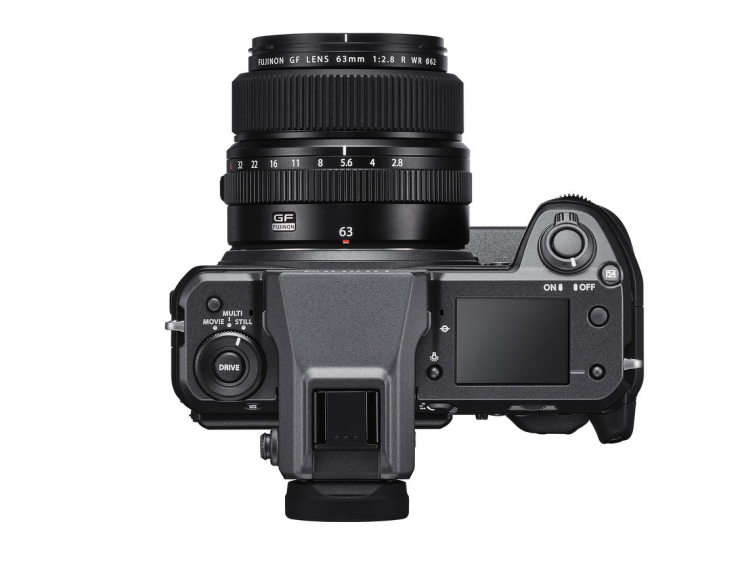
The camera is scheduled to start shipping on June 27th for $9,999.00 USD. At $10,000 USD this camera is hardly what you would classify as being “affordable”. If you are looking at it primarily for video it is a lot of money to pay, but in saying that, it will get you that large format “look” that is unobtainable at this price point.
What do you think about the Fujifilm GFX100? Is it of any interest to you? Would you consider it for video? Let us know in the comments section below.

